Topic "South America. Antarctica." 7th Grade
Variant I
Level 1
Name the researcher who first conquered the South Pole:
a) Robert Scott;
b) Roald Amundsen;
c) James Cook.
Name the active volcano in Antarctica:
a) Erebus;
b) Ellsworth;
c) Ruiz.
Name the largest lowland in South America by area:
a) La Plata;
b) Amazon;
c) Orinoco.
Level 2
Select from the list the types of relief located in South America:
a) Amazon lowland;
b) Cordilleras;
c) Transantarctic Mountains;
d) Andes;
e) Cordilleras.
Identify and name the continent closest to Antarctica and the strait separating them.
Indicate the correct statements:
a) Most rivers in South America belong to the Atlantic Ocean basin;
b) There are no active volcanoes or earthquakes in Antarctica;
c) The Andes mountains have the largest number of altitude zones on Earth.
Level 3
Characterize the main geographical features of South America's location.
Why is Antarctica considered the highest continent on Earth?
Assign the following geographical objects to the correct columns: Antarctic Peninsula, Brazilian Plateau, Ross Sea, Amazon River, Paraná River, South Pole, Erebus Volcano, Andes Mountains.
South America
Antarctica
Level 4
Why is the Atacama Desert called the "pole of dryness" even though it is located on the ocean's coast? Justify your answer.
Variant II
Level 1
Name the highest point in South America:
a) Cotopaxi;
b) Llullaillaco;
c) Aconcagua.
Name the
Ion Product of Water and the pH Scale: Definition, Calculations, and Applications
Stages of Project Work
Notification on Amendments to the Quarterly Report Text
Exam Schedule for Foreign Citizens (Ukrainian Nationals) at Secondary School No. 19 with Advanced Study of Specific Subjects

 Deutsch
Deutsch
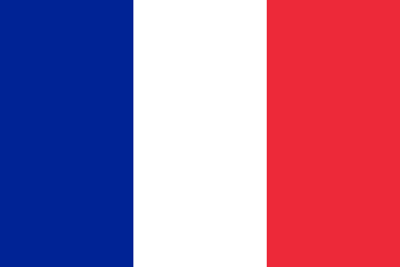 Francais
Francais
 Nederlands
Nederlands
 Svenska
Svenska
 Norsk
Norsk
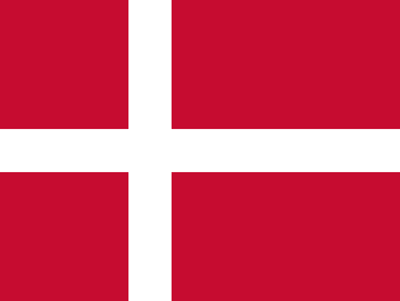 Dansk
Dansk
 Suomi
Suomi
 Espanol
Espanol
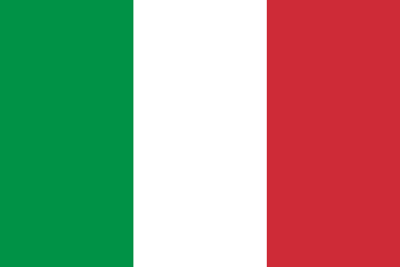 Italiano
Italiano
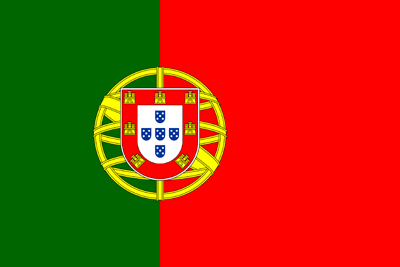 Portugues
Portugues
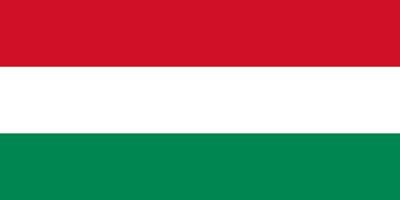 Magyar
Magyar
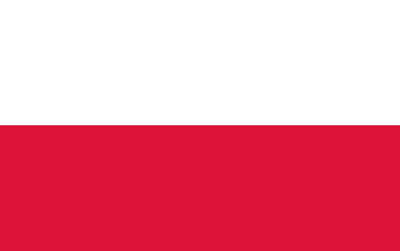 Polski
Polski
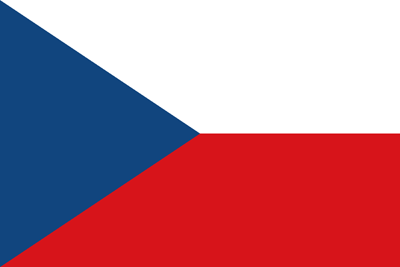 Cestina
Cestina
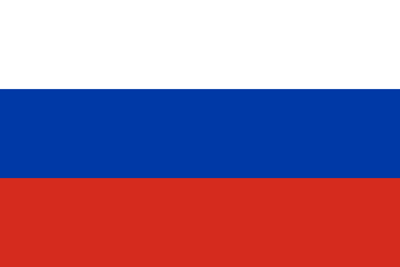 Русский
Русский